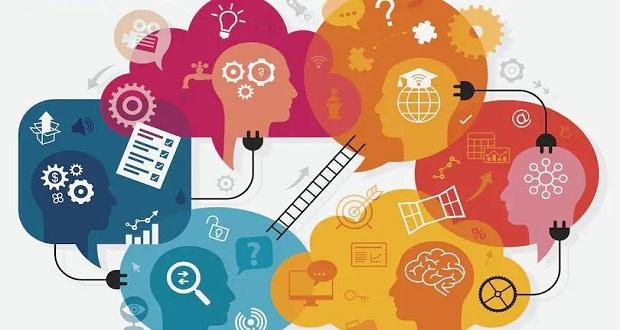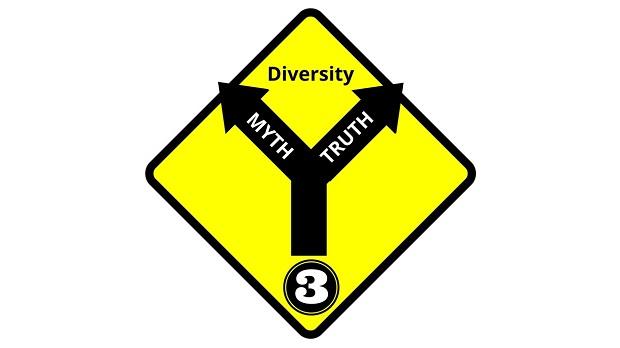
Consider This:
The community of people with disabilities is a minority within our society compared to the able-bodied community. Those with developmental disabilities comprise a fraction of the disability community, and when broken down even further, individuals with ADHD, dyslexia, autism and neuro-sensitivity make up an even smaller, often time overlooked, population. Organizations and leaders must be mindful of this in their strides to develop neuro-diverse workplaces. Many organizations have attempted to foster inclusion for those with disabilities without a full understanding of the physical and developmental dimensions of ability. For example, improving facility ‘accessibility’ is insufficient in the face of such diversity. Other dimensions of ability, such as developmental disabilities, must be explored.
Try This:
Anyone who has spent time with individuals with autism will likely understand the need for more people, leaders and organizations to see capability before eliminating possibility. If organizations are not intentional about this, they can end up doing more harm than good in their intentions to foster disability inclusion.
Seeing capabilities means looking through the disability and at the person, and understanding that their disability does not define their capability. It is in focusing on capability that an organization can create a hiring structure that allows room for all to earn their roles and succeed – a structure that does not rule out specific groups based on any superficial perceptions or biases of what employees with disabilities ‘should’ be able to do. If organizations do not prioritize capability, they destroy the possibility for growth and innovation. Many organizations have found that that people with autism and other neuro-sensitivities can offer unique perspectives and skillsets that are different from their neurotypical peers.
Implement This:
Dr. Di Ann Sanchez, certified Senior Human Resources Professional, suggests making “an adjustment to recruitment selection, and career development policies and procedures that reflect a broader definition of talent.” So, while a “shortcut” might look like identifying “place-filler jobs” that create a neuro-diverse facade, a solution would involve creating jobs that consider a range of abilities, and do not inherently exclude individuals based on their physical or neuro status. Instead of creating jobs with low expectations specifically for employees with developmental disabilities, organizations and leaders should scrutinize their jobs and positions to identify opportunity for adapting requirements or responsibilities to be more inclusive. The expectations of job fulfillment stay the same, but there may need to be more clarity of the role, along with providing or allowing different methods to completing different tasks.
Instead of creating jobs with low expectations specifically for employees with developmental disabilities, organizations and leaders should scrutinize their jobs and positions to identify opportunity for adapting requirements or… Click To TweetEvery employee in a work environment can learn from those around them, especially when everyone is working towards achieving the same goals and mission. The workplace needs more neurodiversity—and it goes beyond the case for innovation or compliance. The more neuro-diverse individuals we create space for in the workplace, the more opportunity for learning, growth, and understanding across differences in ability.




![The Buzz: Know Before You ‘Cinco De Mayo’ [VIDEO]](https://theinclusionsolution.me/wp-content/themes/Extra/images/post-format-thumb-text.svg)













